How To Exorcise Demons Yourself: Possessions, Demonic Hauntings & Attachments
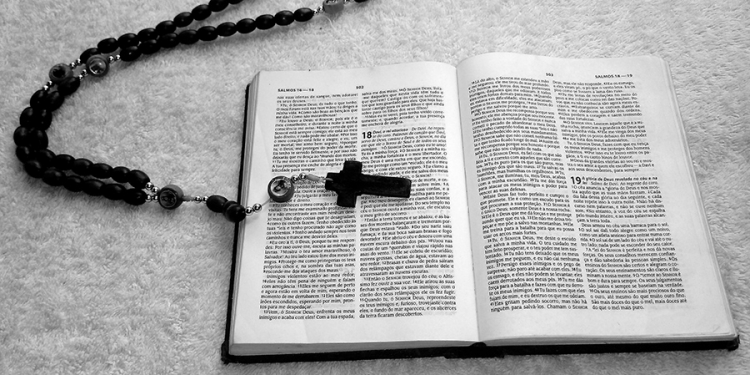
Photo: pixabay.com

Photo: pixabay.com
This page is more than six years old and was last updated in February 2024.
Exorcisms are usually elaborate ritual of some kind, designed to remove demons and negative energies, usually perform by a preist. It is a traditional and ancient practice which is part of the belief system of many cultures and religions, most notably the Catholic faith.
In fact, the Catholic church still take exorcisms very seriously to this day and recently announced that the demand for exorcisms is on the increase.
Until recently only a limited number of priests could perform the ritual, as the texts are written in Latin. To meet this new wave of demand the church has been distributing their guidelines on exorcism in English, meaning that the ritual will be accessible to more priests.
The church would argue that even if you had a copy of their exorcism guidelines, you still wouldn't be able to conduct am exorcism yourself without being an ordained priest. As with many other aspects of demonology, this is a dated concept and there's no reason to assume that all demons respond to a Catholic ritual or a religious ritual at all.
Exorcism is not and has never been limited to just one religion. We know that exorcisms are said to be effective whichever religion or belief system they are based upon. Beliefs and rituals which could appropriately be labelled exorcism are found outside religion in almost all cultures and faith traditions. Clearly the religious aspects of these ceremonies help those performing the ritual to focus their energy using a strong, powerful force that they believe in, in the case of religious exorcisms this higher power is God.
The church might try to monopolies exorcisms, but the truth is, anyone can perform an exorcism even a layperson. The exorcist can do this by building on their own belief system and drawing on their own spiritual beliefs, whether this be God, a spirit guide, a guardian angel, the power of a charm or crystals or your own positive energy.
The aim of any exorcism is to free a place, object or person from some form of negative or demonic influence, and ultimately, it is your own strength and faith that will command the demons out. It is important that you have strength of mind during the ritual, if you are fearful or half-hearted, you will not see any results.
This guide will help develop your own meaningful ritual, which will allow you to exorcise objects, places and people in a positive and compassionate way. These rituals are a world away from the dramatic, inaccurate religious rituals portrayed in movies and the media.
Once you have completed the ritual, do not stir things up again. Don't acknowledge the demon, don't talk to it or attempt to contact it in order to see if it is still present. This can be taken as an invite and permission to remain. Don't in any way attempt to re-investigate the disturbance after the exorcism, just let things naturally settle down.
Ridding A Location Of A Demon
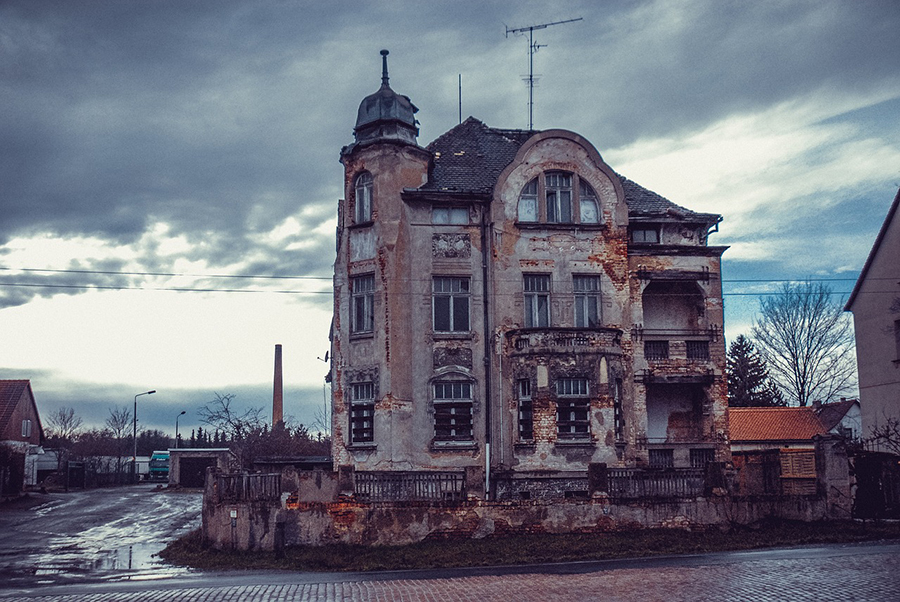
Photo: pixabay.com
If you think your house might be haunted by a demon there are a couple of ways it could have happened. Either the demon is new to the house having attached itself as a result of inadvertently being invited in, or the demon may have already been there laying dormant. If you have just moved in or been doing renovations then this may be enough to unsettle or provoke the demon.
The steps below should be effective on demons as well as both benign and malevolent spirits.
Before beginning the rite, ensure that you are in a fit state to do so. You should be free of stress and anger. You should be alert, unladed by negative emotion, and not under the influence of drugs or alcohol. Although traditionally the power behind exorcisms came from a high power, that being God, today paranormal investigators, demonologists and spiritualists know that the power comes from within. A ritual like this is less likely to succeed if you are fearful, as we know demons feed on negative energy. If you are not emotionally fit and confident enough, then it may be better to ask someone else to lead this rite.
It is a good idea to start by cleansing the house. Start by de-cluttering and cleaning the house from top to bottom, this creates a positive atmosphere. Open the curtains or blinds and let the light into the house. Then you should smudge by burning dried sage. Simply light the sage and pass through the house allowing the smoke to fill each room. Be sure that you smudge inside of wardrobes, cupboards, crawl spaces, the attic, basement and dark corners.
The next step is walk around the house and call out to the demon. Be firm and confident and command it to leave and never return. Avoid using an angry, aggressive or confrontational tone. Let the demon know that you mean it no harm, but make it clear that the physical world is not their place anymore and that they should return to their realm.
You should invest a good amount of time into this step, of course it depends on the size of the property, but about an hour is a good guide. During this time, don't let fear creep in. If you hear strange noises or experience anything odd, don't let it bother you. Ignore it, speak over it, drown it out.
What you call out is really up to you. If you are religious then you might want to command the demon to leave in the name of God, or you might want to call upon your spirit guide or guardian angel to help push the demon out. If you have none of these than you could focus on your own inner strength, the power of an item that holds meaning to you, such as a piece of jewellery, a crystal or a protective item.
Remember that names hold power. If you know the name of the demon you are trying to banish, then using their name will give you greater power and control over them. Use their name frequently in your incantations.
You might want to try some of the example incantations below, but don't worry about copying them exactly. It's better to be yourself and talk in a natural and open way as you normally would.
• I consecrate and clear this space. Let nothing but joy linger here
• I call upon you, [demon's name]. Obey my commands and leave here
• I command you to return to the infernal realm, you are no longer welcome in this place
• This house is protected from all evil. No negative entity will enter this house
Once you feel a change to the atmosphere and the environment settles, you should end the ritual by once again smudging the entire building. You may also want to draw protective symbols around the home. The symbol can be anything you want, people often choose a cross, the Celtic triple knot, a pentacle or runic symbols. Draw the symbol anywhere where something could enter the house, like doors, windows, chimney breasts and ventilation. You may also want to encircle the house with salt. Simply shake the salt out in a complete line around the outside of the building.
Advertisement ‐ Content Continues Below.
Ridding A Person Of A Demon
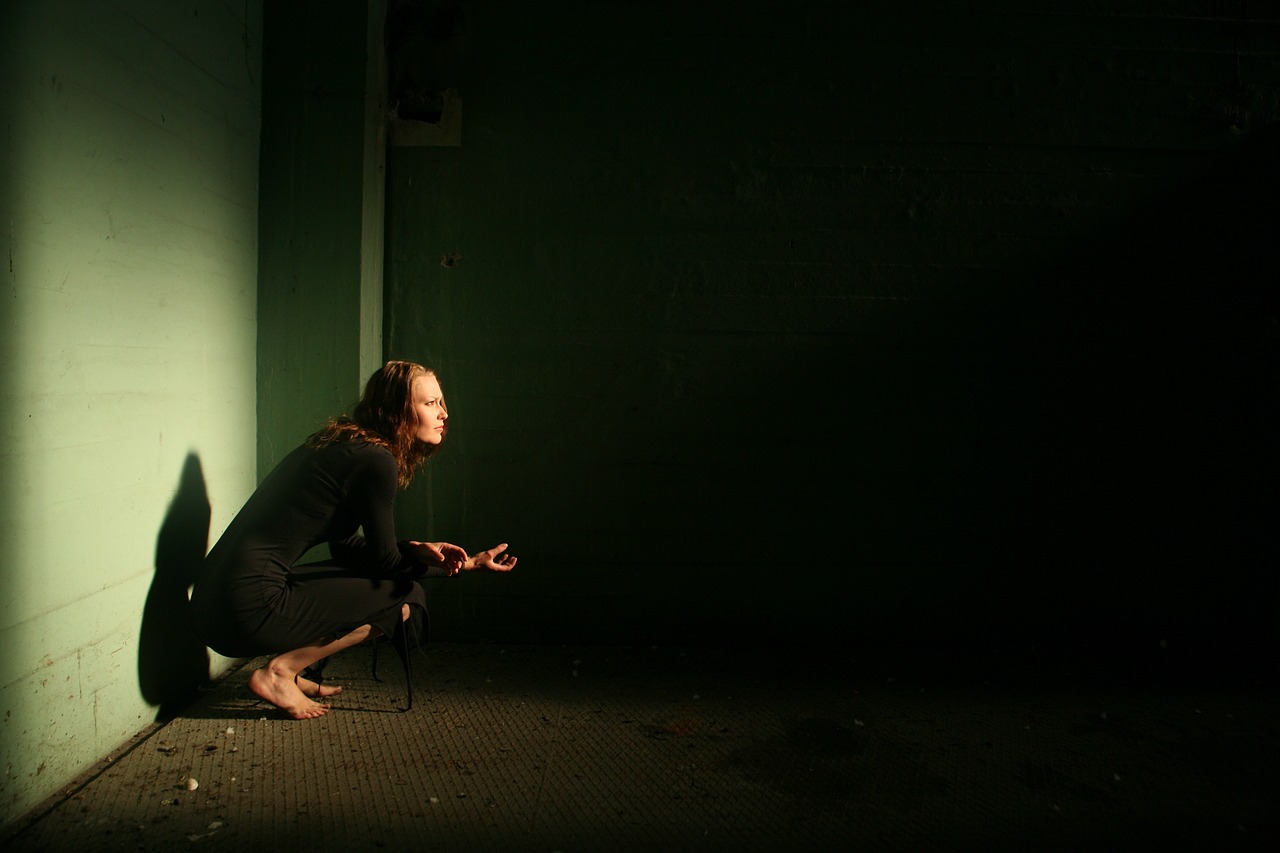
Photo: pixabay.com
Exorcising a person is a lot more serious than ridding a house of demons, if you don't practice the ritual with compassion, respect and sensitivity then you could end up making things worse. There are three very important things you need to establish first.
The first and most important thing you need to know is whether the victim truly does need to be exorcised. You should make sure that they are not lying, confused or imaging what is happening to them.
Secondly, you categorically need their explicit and direct consent in order to perform the ritual on them. This is because an unneeded or unwanted ritual come make things worse for them, plus the ritual you have planned may not be inline with their beliefs.
The third thing you need to establish is whether the person is mentally stable enough to go through this process. Even if you think that the person is genuinely possessed and they have given you their explicit permission, you need to know that they are emotionally strong enough to deal with an exorcism and that the ritual won't make things worse.
Consult the person in a calm and honest conversation in order to clarify these two points. Ensure to remove all doubt and do not pressure or rush the victim. A key part of an exorcism is evaluating the victim's claims and ensuring they are free of mental health and emotional issues, and that they are not having an epileptic fit or a psychotic episode. If you are able to rule out anything supernatural, you should then support the victim in finding appropriate help.
Traditionally people have refused to undergo an exorcism and the exorcist has taken this to be the demon talking and gone ahead with the ritual anyway. Exorcisms performed without consent often end up being violent, aggressive and terrifying for the victim. This is never acceptable. If it is clear that the person needs help and is refusing your assistant then you should encourage them to speak to a professional or trusted friend or family member who can find them alternative help.
Once you've established that the victim is mentally and emotionally stable enough to continue, you need to make sure you are too. You need to be sure that you are feeling strong, confident, stress free, rested and not under the influence of drugs or alcohol. This ritual relies on your positive energy, if you are fearful or not emotionally fit and confident enough, then it may be better to ask someone else to lead this rite.
An exorcism should NEVER be violent or aggressive in any way. There does not even need to be any physical contact made with the possessed.
Exorcising a person is very similar to exorcising a house in some ways. However, ridding a person of demonic attachment is much harder than a house. Demonic possession is a vicious circle. The demon preys on the weak, drawn to them by their negative energy, but as the demon takes hold its victim will become more withdrawn, depressed and more negative. This negative feedback loop will help the demon to grow in strength and get a tighter hold. Therefore, it might take several attempts at an exorcism to break that cycle, so don't expect instant results.
It is a good idea to start by cleansing the person. You might want to suggest that they take a herbal salt and use a white sage body scrub. Both salt and sage are said to be powerful substances that spiritually cleanse and drive away negative energy.
The next step is to cleanse the person by smudging them. First ask the victim to remove all metal jewellery, belts and shoes, then mentally focus your energy before lighting the tip of the sage with a match, lighter or candle and gently wave the smudge stick in the air until the tip begins to smoulder.
Take your smouldering smudge stick and pass it around the body so that the smoke surrounds them. Start with the area above your head and continue down to the feet, you should allow at least 10 to 15 minutes to complete this part of the ritual.
The next step is to ask the demon to leave. You should invest a good amount of time into this step. During this part of the exorcism be sure to listen to the victim to ensure they are comfortable throughout. If at any point they want to stop or need a break, then you should allow them to take as long as they need.
In a calm and non-confrontational tone command the demon to leave its victim's body at once, be strong and confident in your request. Do not show any anger or frustration and reassure the demon know that you mean it no harm. Make it clear that the demon is not welcome in his world and that it should return to its own realm.
The exact phrasing that you use during this step of the rite is up to you. You should draw on your own inner strength, positivity and your beliefs. Remember that knowing a demon's name gives you power over them, so use it frequently in your incantations.
You might want to try some of the example incantations below, but don't worry about copying them exactly. It's better to be yourself and talk in a natural and open way as you normally would.
• I call upon you, [demon's name]. Obey my commands and leave this person
• I command you to return to the infernal realm, leave this person alone
• This person is protected from all evil. No negative entity may remain here
• I consecrate and clear this person. Let nothing but joy linger in them
Once you notice a change in the victim, or they indicate that they have noticed a change, you should once again smudge them before smudging the whole house to ensure the negative energy is driven away for good.
Ridding An Object Of A Demon

As with in the previous two examples, you first need to confirm that the object you're working on is in fact hosting a demonic presence. If this is definitely the case then ending a demonic attachment with an object is much easier than with a person and you have a few more options to chose from.
One thing you definitely should not do is either give the item away to someone or throw it away. This doesn't solved the problem, it just transfers the negative energy to someone or somewhere else.
If you don't mind destroying the object, then the best way to do deal with it is to burn the object. Obviously this method only works for objects which are flammable. Avoid burning plastics and other materials that release potentially toxic fumes when burnt.
As fire always has been and still is used in purification rituals. The best way to burn an object is first light a fire, either outdoors or in a fireplace. Once the fire is burning well, carefully throw the object it and let it burn. Do not extinguish the fire yourself, wait for it to naturally burn out.
After the flames have died down, allow the ashes to cool down and pour salt in to the ashes, this spiritually purifying substance will ensure that the evil energy has completely left the remains of the object. Mix the salt and ashes together, place them in a container and bury them as deep as you can.
The best place to bury an object is at a crossroad. Crossroads are sites where paths cross and over time many peoples' energies cross here. There are said to be very supernaturally active and a point where two realms can meet. In the UK there is a tradition of burying criminals at crossroads, those who cannot be buried in consecrated ground.
If the object isn't flammable or can't be burnt, then another option is to simply bury it and abandon it at a crossroad. Some also say you can remove the object from your home and place it on a stone and allow this natural substance to absorb the negative energy. You can then dig a hole, place the stone in it, pour salt over it and then bury the stone, leaving the object untouched and free of evil.
Before you bring the object back into your home, be sure to smudge it with sage as an extra precaution. Simply light your sage and once smouldering, pass it over the objects, surrounding the objects in the smoke.
Another method for items that can't be burnt is to throw them into a living body of water, like a river or an ocean. Ideally it should be salt water and the faster it's moving the better.
Whether you burn the object, throw it in to water or bury it, as precaution you should smudge your whole house with burning sage when you return to your home.
Learn With Higgypop
Hosted by Paralearning in association with Higgypop, these courses on ghost hunting, paranormal investigations, and occult practices draw on the experience of our team of paranormal writers.

Diploma In Capturing & Analyzing Electronic Voice Phenomenon
This course gives you practical and useful knowledge of ghost hunting and paranormal research, which is invaluable when conducting your own paranormal investigations or as part of a group event.
View Course
Diploma In Advanced Scientific Theory For Paranormal Investigators
This course gives you practical and useful knowledge of ghost hunting and paranormal research, which is invaluable when conducting your own paranormal investigations or as part of a group event.
View CourseMore Like This
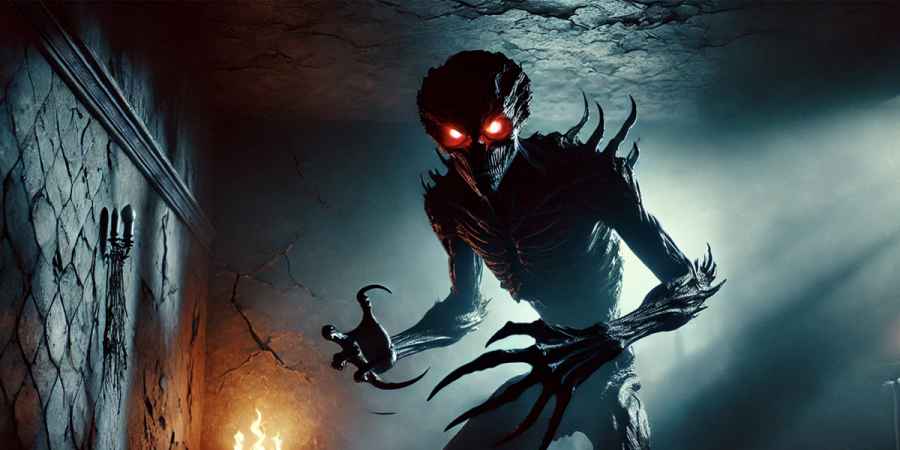
ParanormalNovember 24, 2024
I've Witnessed Zozo Dozens Of Times – Here's How I Survived

BooksNovember 22, 2024
Richard Estep Explores The Demonic In His New Book 'In Search Of Demons'
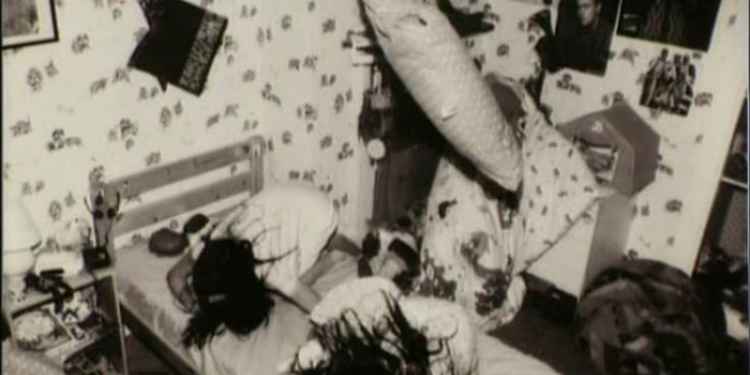
ParanormalOctober 12, 2024
Recurrent Spontaneous Psychokinesis The Parapsychological Principle Behind Poltergeists

ParanormalOctober 11, 2024
The Reality Behind Kirlian Photography’s Glowing Auras
 See More on Audible
See More on Audible
Comments
Want To Join The Conversation?
Sign in or create an account to leave a comment.
Sign In
Create Account
Account Settings
Be the first to comment.